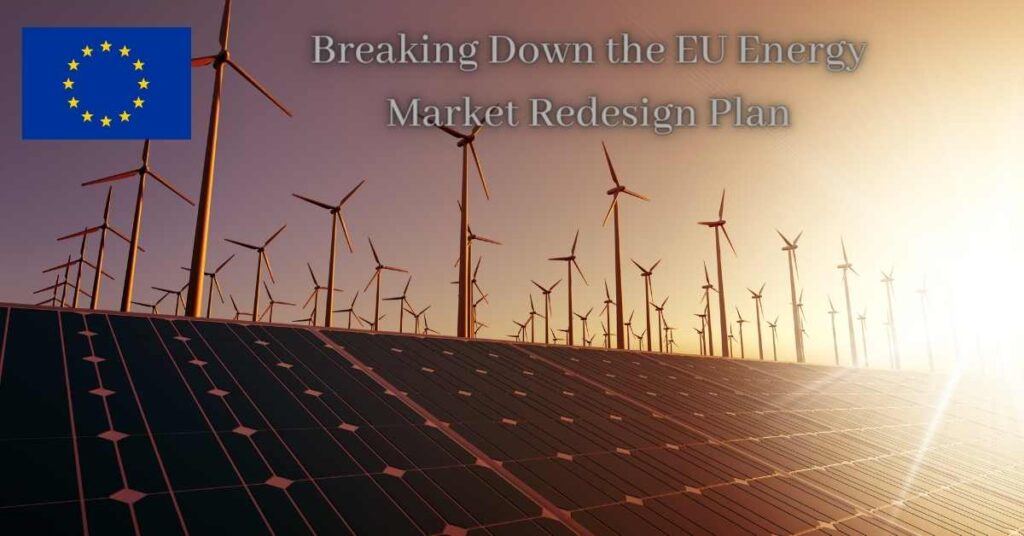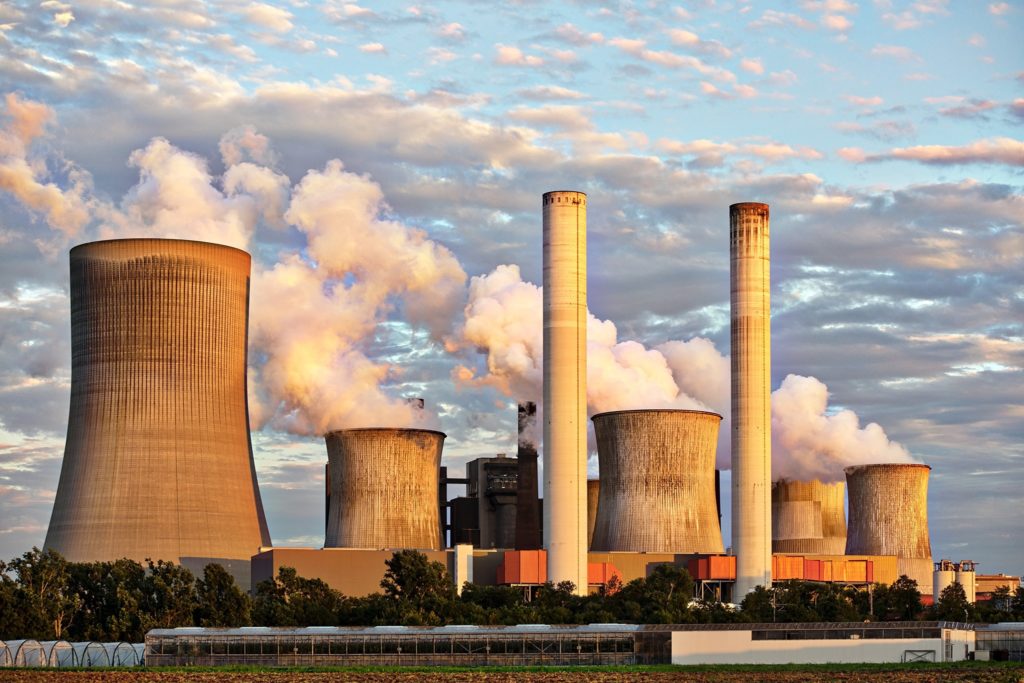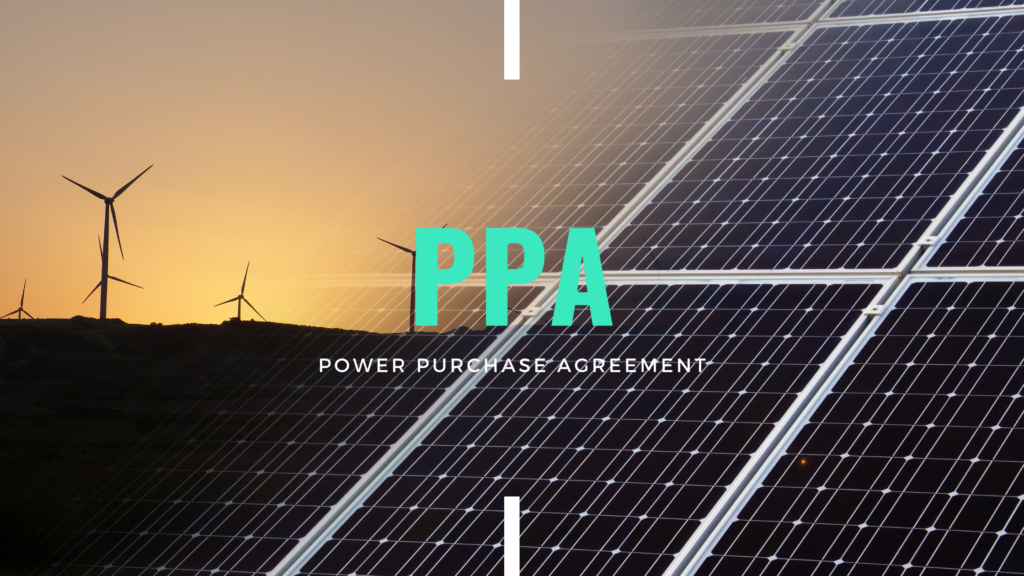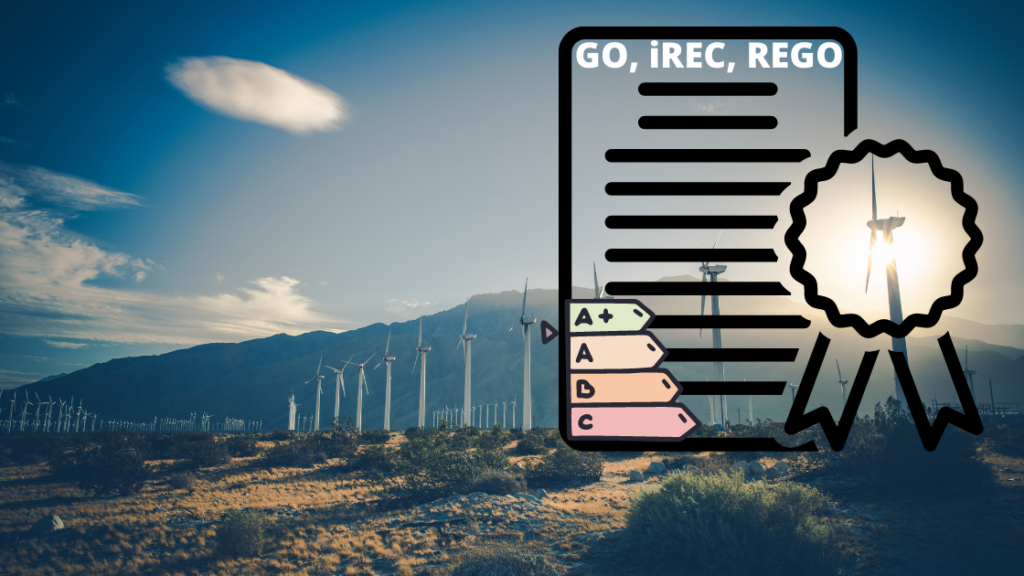Table of Contents
The European Union is proposing a major overhaul of its energy marke
The European Commission published its proposal to reform the EU Energy Market on the 14th of March 2023. The action is a response to the record-high energy market prices observed in 2022 as a result of the war outbreak in Ukraine.
In “Breaking Down the EU Energy Market Redesign Plan,” we’ll take a closer look at what these proposed changes mean and how they could impact the energy landscape in Europe. From increased competition to a shift towards renewable energy sources, this article will provide valuable insights for anyone interested in the future of energy in the EU.
As we write this article, the European Parliament and EU countries continue to examine the proposal with the objective of reaching an agreement in the autumn of 2023. The goal is to finalise the discussions prior to the next winter. However, some EU member states are preferring to delay the overhaul until after the European elections in the Spring of 2024.
For more than two decades, the European Union has maintained an effective and closely integrated electricity market that has enabled consumers to enjoy the economic advantages of a unified energy market, while also ensuring the reliability of energy supply and promoting the shift towards decarbonisation.
To boost the EU energy security and reduce fossil fuel imports, the EU commission is proposing:

CONSUMERS AT THE HEART OF THE REFORM: MORE PROTECTION AND EMPOWERMENT

While the EU Commission considered several measures to reform the energy market, the primary focus remained on the long-term energy markets via power purchase agreements (PPAs) and CfDs. These mechanisms were seen as crucial to incentivise the transition towards more sustainable energy sources and to promote investment in renewable energy infrastructure.
The Shortcoming of the Current Electricity Market Design
The European electricity market design has been widely recognised for its success in promoting competition, increasing efficiency, and reducing costs in the energy sector. However, it also has some notable shortcomings that require attention and improvement. Let’s try to understand those shortcomings to see how the EU commission decided to tackle them.
- The lack of investment incentives for long-term projects. The current market design prioritises short-term gains and does not provide sufficient support for investments in new energy infrastructure or the development of renewable energy sources. As a result, there is a risk that Europe may not meet its ambitious climate targets in the long run.
- The fragmentation of the market. Despite the creation of a single European market, the electricity market remains highly fragmented, with different national regulations and energy mixes. This fragmentation leads to inefficiencies and higher costs and makes it difficult to achieve a level playing field for all market participants.
- The lack of coordination between energy and climate policies. The energy market design has been successful in reducing carbon emissions, but it does not integrate well with other climate policies.
- The high price volatility, which can have a significant impact on end consumers. The price of electricity is subject to various factors, such as demand, supply, weather conditions, and market regulation. In 2022, the energy market price volatility intensified as a result of the war in Ukraine.
Therefore, the EU was seeking to address the above challenges via the EU energy market redesign plan.
The EU Energy Market Redesign Plan. What is being proposed?
The proposed reform foresees revisions to several pieces of EU legislation – notably the Electricity Regulation, the Electricity Directive, and the REMIT Regulation.
- Big Focus on achieving the renewable and emission targets for 2023 and facilitating the development of new renewable capacities. The EU has committed to invest €1 trillion in the Green Deal over the next decade. The latest EU plan is to reach 45% RE target by 2030 and reach net zero carbon emissions by 2050.

- No changes to the short-term energy markets. The short-term energy markets will continue to be based on the marginal price setting. Marginal price setting is a common mechanism used in energy markets to determine the price that generators receive for their electricity. Under this system, the price is set at the level of the most expensive generator that is needed to meet demand. This means that if demand is low, the price will be lower, and if demand is high, the price will be higher. One of the advantages of this system is that it incentivises more efficient generation, as generators that can produce electricity at a lower cost will be more competitive. However, one potential downside is that it can result in price volatility, as small changes in demand or supply can have a significant impact on the price. Additionally, there may be concerns about market manipulation or anti-competitive behaviour, as generators may seek to influence prices by withholding supply or engaging in other tactics.
- Increased support for long-term energy markets via:
- Government support for long-term PPA agreements between producers and consumers by reducing buyers’ credit risks. This measure can help reduce PPA transaction costs for buyers and sellers and increase the execution of PPA long-term contracts.
- Government two-way Contract-For-Difference (CfDs). Under this arrangement, electricity producers will be guaranteed a fixed price for renewable energy. Should market prices fall below this fixed price, producers receive additional compensation. Conversely, if market prices exceed the fixed price, producers must pay the excess to the government, which then redistributes the funds to consumers as compensation.
- Creation of new virtual power hubs. It is still unclear how precisely this will work, but the idea is to encourage more forward markets trading and potentially compel market operators to function as market makers.
- Introduction of new flexible solutions into the energy system. This measure aims to focus on demand-side-response and energy storage solutions. Demand-side response and energy storage solutions are two key strategies used in the energy industry to balance the supply and demand of electricity. Demand-side response involves shifting energy consumption to periods of lower demand in order to reduce strain on the grid during periods of high demand. This approach can help to reduce the need for additional generation capacity and improve overall system reliability. Energy storage solutions, on the other hand, involve storing excess energy during periods of low demand, such as from renewable sources like solar or wind, for use during periods of high demand. These solutions can help to address the intermittency of renewable sources and provide additional flexibility to the grid. Both demand-side response and energy storage solutions are increasingly being used as part of broader efforts to transition to a more sustainable and resilient energy system.
- Establishing last resort electricity suppliers. Establishing last-resort electricity suppliers is an important step towards ensuring that consumers have access to reliable and affordable electricity. These suppliers are typically established by governments or regulatory bodies and are designed to provide a safety net for consumers who are unable to find an electricity supplier in the market. Last resort electricity suppliers are usually required to offer a basic service offer (BSO), which is a regulated, standardised electricity supply that meets certain minimum requirements in terms of price, quality, and customer service. By providing consumers with a fallback option, last-resort electricity suppliers can help to promote competition, protect vulnerable consumers, and ensure that electricity is available to everyone.
- Sharing renewable energy. Consumers will be able to invest in wind or solar parks and sell excess rooftop solar electricity to neighbours, not just to their supplier.
- Increased energy price transparency and greater choices for household energy consumers. Energy retail suppliers will have an obligation to educate households about the pros and cons of various types of contracts, which is deemed to be a crucial enhancement to consumer rights. Additionally, consumers will have the option to mix fixed and flexible pricing for electricity across multiple suppliers.
Final Words
Overall, the EU Commission’s proposed energy market redesign plan represents a significant step towards a more sustainable, efficient, and competitive energy system in Europe. The proposal does not seek to change the fundamentals of the EU market, which will remain based on the current marginal pricing system. The news are welcomed by the energy market participants.
To reach our energy and climate targets, the deployment of renewables will need to triple by the end of this decade. The EU Commission, therefore, promotes more Power Purchase Agreements (PPAs) and two-way Contracts for Difference (CfDs) energy to lock in secure, long-term prices to avoid excessive risks and volatility.
While the political discussions around this proposal are expected to be lengthy and complex, we anticipate that a decision will be reached by the end of the year. As the energy landscape continues to evolve, it will be essential for policymakers and stakeholders to remain vigilant and adaptable in order to ensure that the energy needs of consumers and businesses are met in a way that is both economically viable and environmentally responsible.
We hope you enjoyed reading our article. If you found it informative and insightful, we encourage you to share it with your friends and colleagues who might be interested in this topic.
We also welcome your feedback and comments on the article, as we value your input and strive to improve our content. So please feel free to share your thoughts with us in the comment section.
If you want to stay up-to-date with the latest news and developments in the European energy market, we invite you to subscribe to our newsletter. Our newsletter provides regular updates, analysis, and insights on the energy market complex, so you can stay informed and make informed decisions.
Thank you for reading, and we look forward to hearing from you soon.








